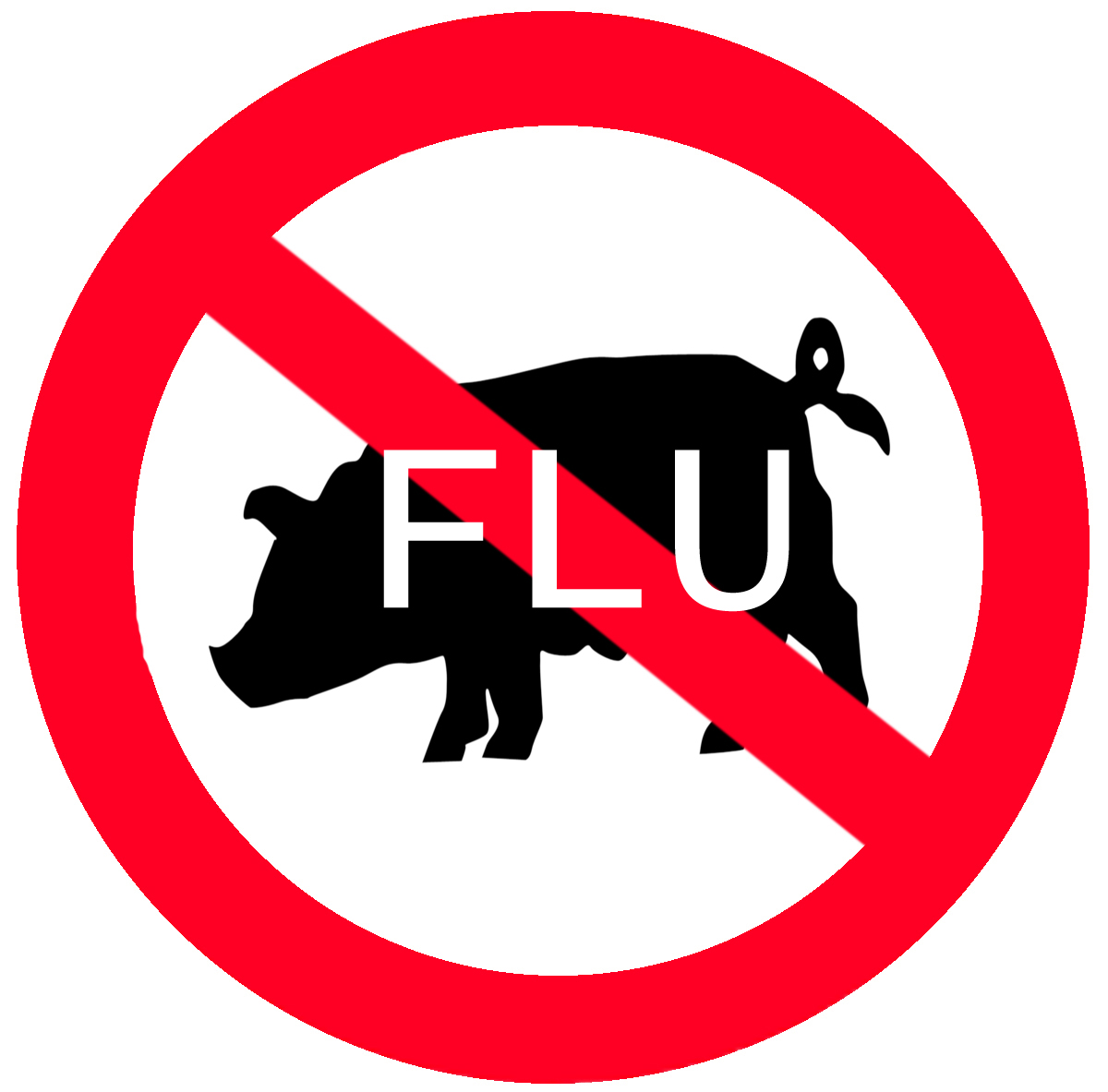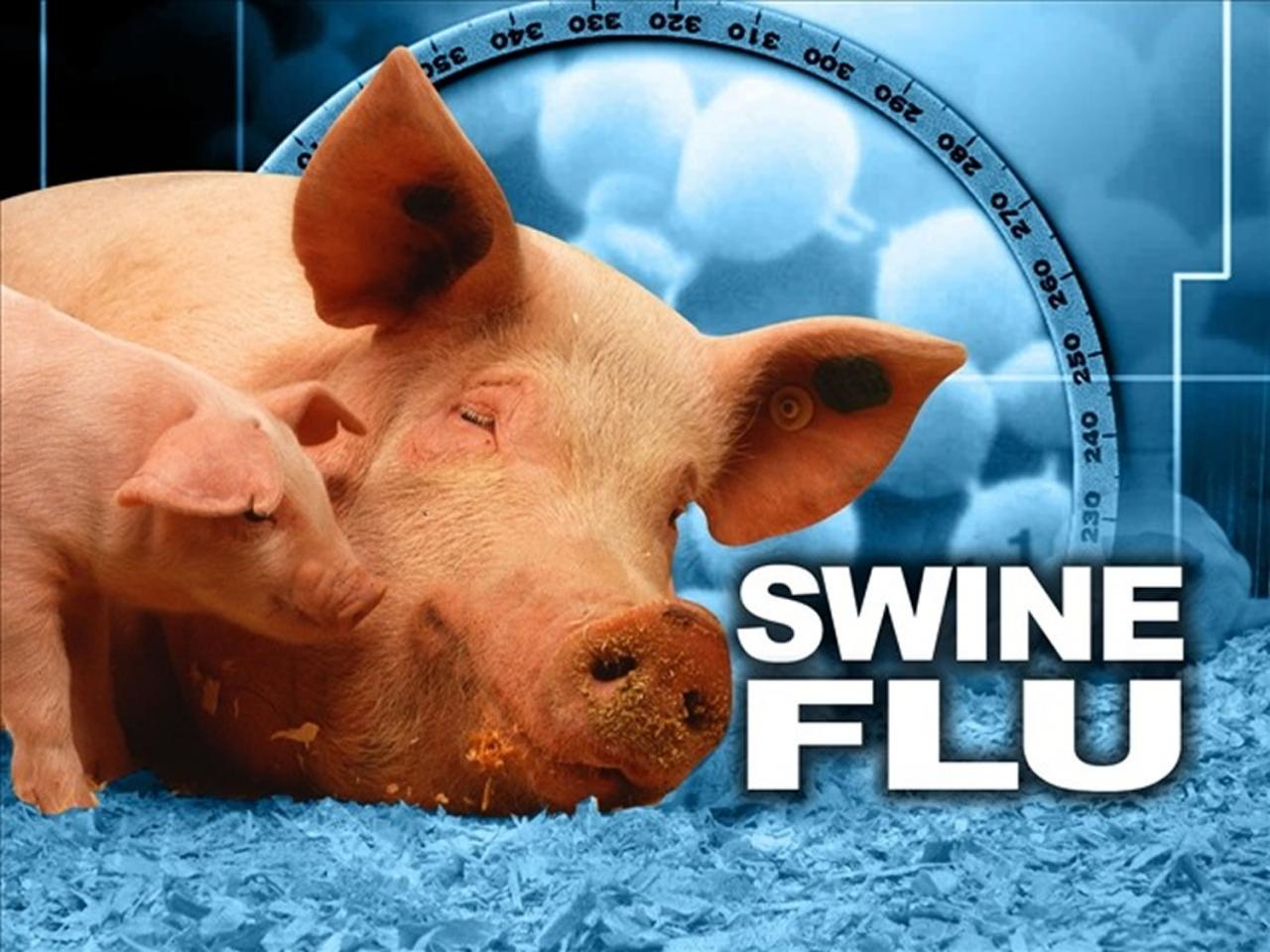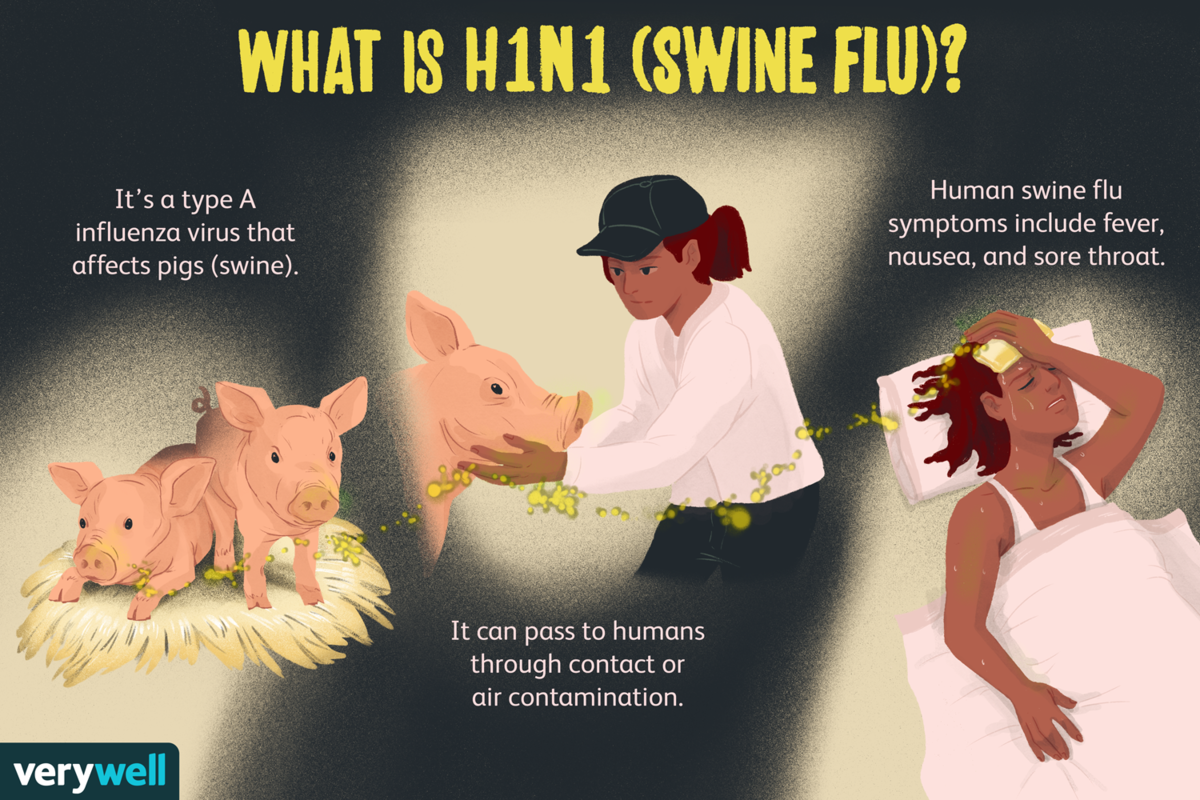
Swine flu, a respiratory illness caused by the influenza virus, has garnered significant attention due to its global prevalence and potential health implications. This article delves into the intricacies of swine flu, exploring its causes, symptoms, diagnosis, treatment, and preventive measures.
The virus responsible for swine flu primarily infects pigs, but it can also spread to humans through close contact with infected pigs or their secretions. Understanding the nature of this virus is crucial for implementing effective control strategies.
Swine Flu

Swine flu, also known as swine influenza, is a respiratory disease caused by influenza viruses that typically affect pigs. However, these viruses can sometimes spread to humans, causing symptoms similar to those of seasonal flu.
Swine flu viruses are primarily transmitted through contact with infected pigs or their secretions. It can also be spread through contact with contaminated surfaces or objects.
Symptoms and Diagnosis
Common symptoms of swine flu include fever, cough, sore throat, runny nose, body aches, and fatigue. In severe cases, swine flu can lead to pneumonia, respiratory failure, and even death.
Swine flu is typically diagnosed based on symptoms and a patient’s history of exposure to pigs or swine products. Laboratory tests can confirm the diagnosis.
Treatment and Prevention
Treatment for swine flu typically involves antiviral medications, such as oseltamivir and zanamivir. These medications can reduce the severity and duration of symptoms.
Preventive measures to avoid swine flu include avoiding contact with infected pigs or their secretions, practicing good hygiene, and getting vaccinated against the flu.
Epidemiology and Public Health, Swine flu
Swine flu has a global distribution and can cause outbreaks in both pigs and humans. The virus can spread rapidly through close contact with infected individuals or animals.
Swine flu outbreaks can have a significant impact on public health, causing widespread illness and economic losses. Control measures, such as quarantine and vaccination, are essential to prevent and mitigate outbreaks.
Research and Advancements
Ongoing research focuses on developing new vaccines and antiviral medications to combat swine flu. Scientists are also investigating the genetic characteristics of swine flu viruses to better understand their transmission and virulence.
Advancements in diagnostics have led to rapid and accurate detection of swine flu, enabling early intervention and treatment.
Case Studies and Examples
The 2009 H1N1 pandemic, commonly known as swine flu, was a global outbreak that infected millions of people worldwide. The pandemic highlighted the importance of public health preparedness and the need for effective vaccines and antiviral medications.
Outbreaks of swine flu in pigs have also occurred in various regions, leading to economic losses and disruptions in the pork industry.
Impact on Society and Economy
Swine flu outbreaks can have significant societal and economic consequences. Widespread illness can disrupt businesses, schools, and communities.
The pork industry can also be severely impacted by swine flu outbreaks, leading to reduced production and economic losses. Measures to control and prevent swine flu are essential to mitigate these impacts.
Closing Summary: Swine Flu

In conclusion, swine flu remains a prevalent public health concern, necessitating ongoing research and surveillance efforts. By raising awareness about the virus, its symptoms, and preventive measures, we can contribute to mitigating its impact on individuals and society as a whole.








